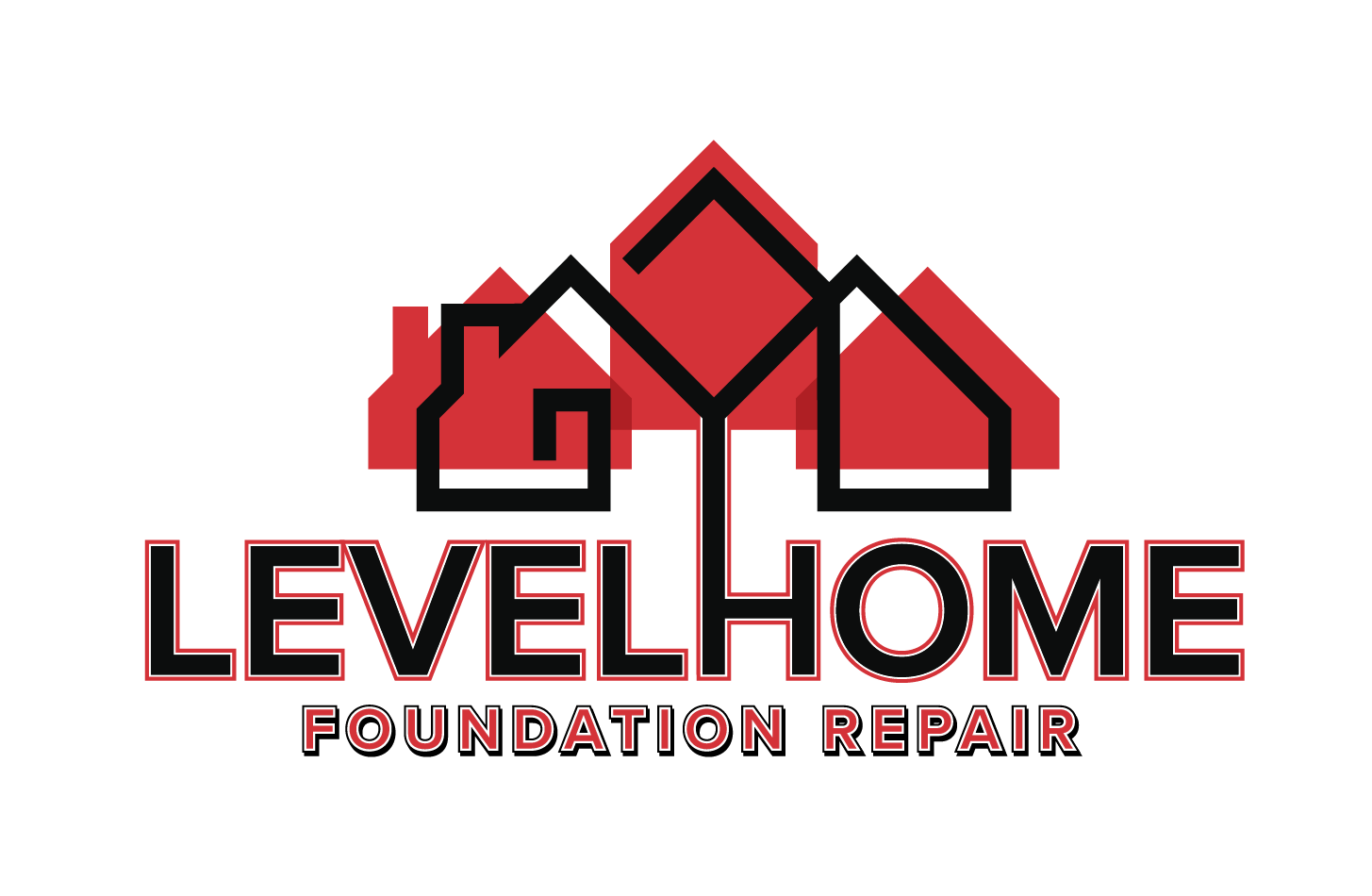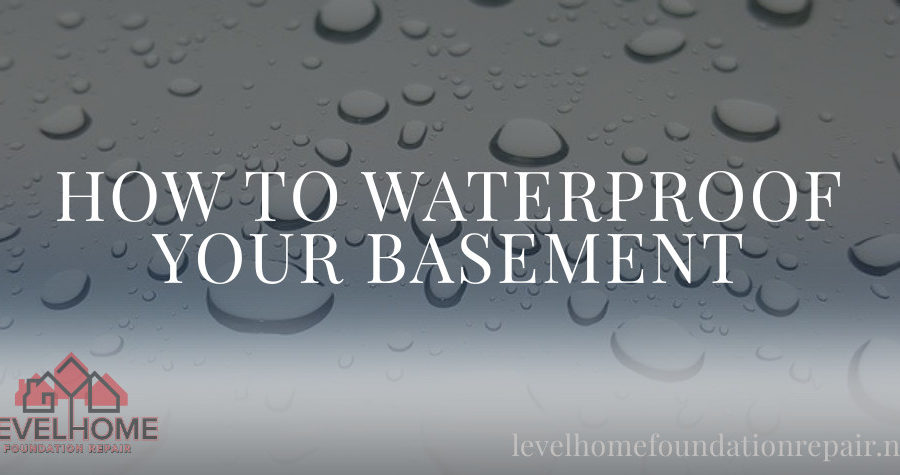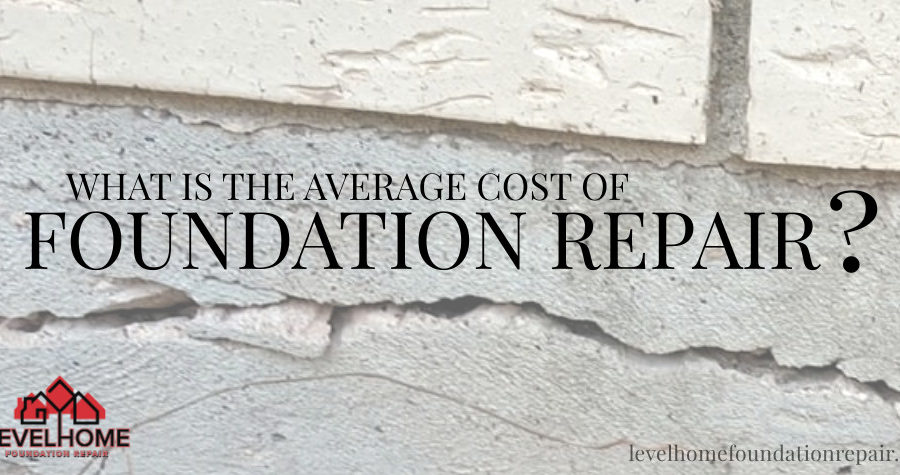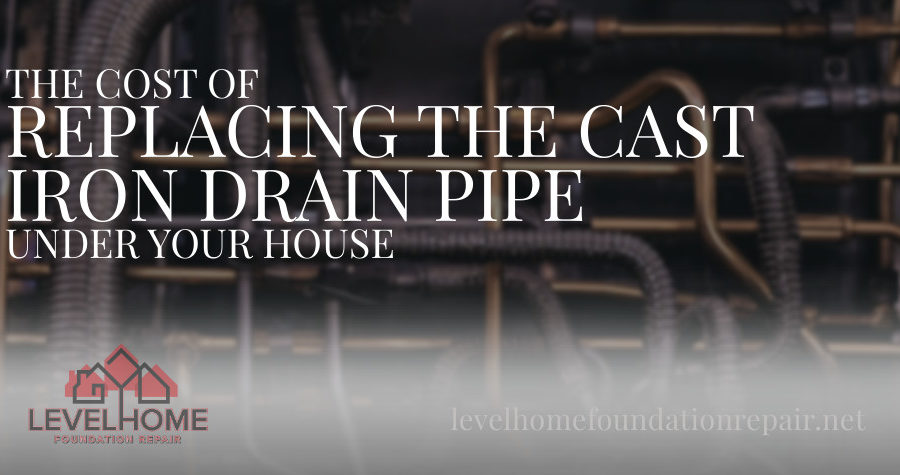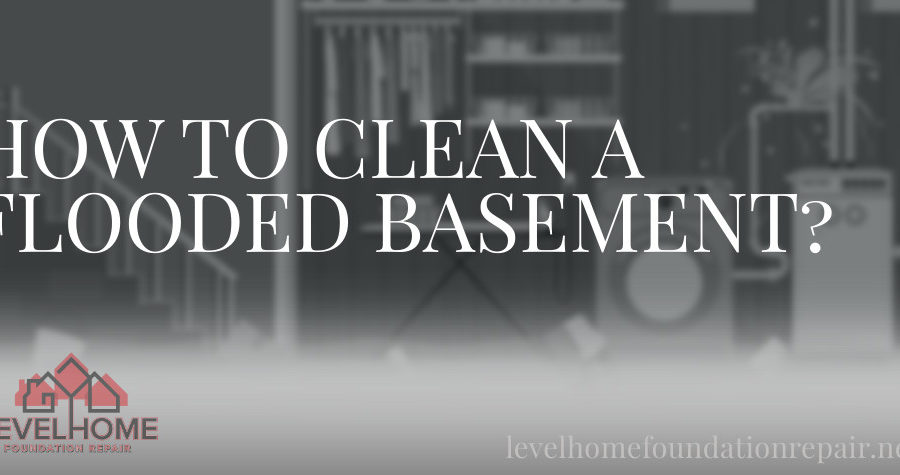When building a part of the home below ground level, such as a basement, it is prone to accumulate water. Of all the variety of things you can hold in your basement, one thing you don’t want is standing water. Without a properly waterproofed basement, rain and groundwater can begin to collect. You may notice small puddles on the floor, moist walls, or dripping ceilings. In the Ark-La-Tex region, hurricane season brings plenty of rain and with that, the potential for flooding. Our professionals at Level Home Foundation Repair have seen firsthand the damage that these rainy seasons can have on a home’s basement. In this post, we’ll provide you with steps for how to waterproof your basement.
What Are The Signs Your Basement Needs Waterproofing?
Before we teach you how to waterproof your basement, you should be aware of the signs that your basement needs waterproofing. As a precaution, you should waterproof your basement regardless. No matter the circumstance, all basements are susceptible to water accumulation. But there are some telltale signs that it is especially urgent for you or a professional to do so.
One very telling sign that your basement needs waterproofing is if you notice the growth of mold or mildew. Mold and mildew is generally caused by moisture in the air. If left unaddressed, it can become a serious health risk for anyone living in the house.
Another sign that your walls need waterproofing is if the paint on them is peeling off. This also indicates a dampness in the walls of your basement. Leaking walls and ceilings also tell of water damage to your basement. Damp spots and condensation may appear in either area. This may be a result of water seeping in through the soil surrounding the basement walls. It may also be a result of leaking pipes within the walls.
Another effect of leaks may be dry rot on wooden surfaces in your basement. This decay generally appears as a blackish-brown fungus and can cause wood to deteriorate, crack, or powder.
Finally, one of the more obvious signs that your basement needs waterproofing is finding standing pools of water. If you live in an area that receives regular flooding, water may be seeping into the structure of your home. Old pipe systems, water pressure variances, and loose pipe fittings might also contribute to a flooded basement. This can lead to significant damage if left unattended.
How To Waterproof Basement
If you notice any of the above signs in your basement, you need to act quick. Your basement could lack a watertight seal, causing water to build up in the floor, walls, windows, or doors. This can lead to more than just foundation damage. In addition to mold and dry rot, standing water can bring stale odors as well as damage any furniture or belongings kept in the basement.
Foundation repair for water damage is best left to the professionals. However, there are some things you can do to prevent damage in the first place. We’ll break down how to waterproof your basement below.
Dehumidifying
Purchasing a high-quality humidifier can help remove excess humidity and moisture in the air. Dehumidifiers cut down condensation in the air before it’s able to dampen and cause damage to its surroundings.
If you do choose to use a humidifier, remember that the catch basins must get emptied on a regular basis. Although, there are several kinds that can fit to a hose and then empty autonomously into a floor drain or tub. That way, it eliminates any work on your end. You just let the dehumidifier suck up the moisture and deposit the waste on its own.
Waterproofing Carpeted Materials
If you have ever smelled a waterlogged carpet, you know it’s not a pleasant smell. Carpeted surfaces don’t mix well with moist environments, as it can bring a mildew-y smell that’s hard to get rid of. However, there are such things as waterproofed carpets. These carpets are beneficial for areas that trap a lot of moisture and condensation.
There are also water-resistant carpet pads that can help with waterproofing. By installing these pads between your carpet and the floor of the basement, you can create a buffer that catches water.
Sealant
Applying waterproof sealant to the floor and walls of your basement can also help reduce the potential for water damage. If you notice cracks in the brick or concrete of your walls, try sealing the cracks with hydraulic cement. After that has dried, coat the area in waterproofing paint.
In the event that the paint begins to peel off, this may be an indication that there is a leak beneath. Identify this leak first. Then refill the surface with hydraulic cement or another sealant before reapplying the paint. If the paint continues to peel, call a professional to investigate the source of the leak.
Separate Wood and Water
As mentioned before, dry rot can occur on wooden surfaces left exposed to excess moisture or condensation. This includes any wooden support beams or floorboards that may be in your basement.
There is not much you can do about wooden surfaces that are already built into your foundation. The best solution to avoid dry rot is to make sure there are no leaking pipes near the wooden surfaces. You should also separate wood from any soil surrounding the foundation, as soil tends to collect a lot of moisture.
Exterior Check
As important as it is to maintain the interior of your home to prevent water damage, it is also important to maintain the exterior. A cracked foundation or malfunctioning gutters and downspouts could cause issues for both the interior and exterior of your home. It is never a good sign if rainwater is flowing straight toward your foundation or finding its way in through cracks and crevices. Check your home’s foundation regularly for anything that may contribute to internal damage.
Call a Professional
These are all good steps to follow to protect your basement and home. Yet, there may be unforeseeable factors that are causing water damage. Many times, addressing these issues requires more than just a look around. It requires professional equipment and the knowledge and skill of a professional. If you need help waterproofing your basement or assessing damage already done, call a professional near you.
Level Home Foundation Repair Has The Experience You Need
One of the first steps in protecting your home from water damage is to make sure your basement is properly waterproofed. The safety of your home, belongings, and loved ones relies on it. Our experts at Level Home Foundation Repair have the passion, knowledge and experience you need. We’ll ensure that your basement is safe from flooding, mold, dry rot, and any other damage that unwanted water can cause. Visit our website or call us at 318-523-1526 for the quickest and most affordable foundation repair in the Ark-La-Tex.
